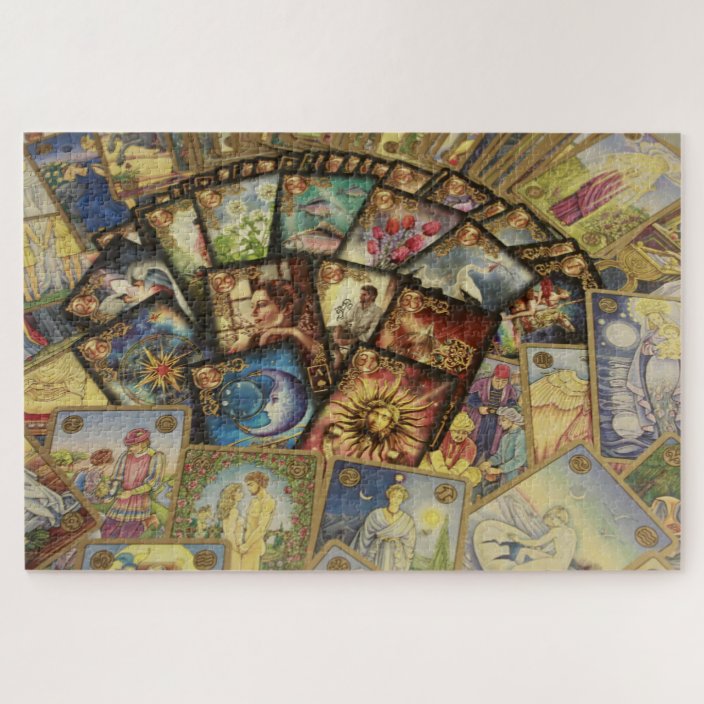

Go through the door ahead.ĬHURCH HALL 2 Run forward, turn left and go through the double doors.īELFRY There is a giant symbol which is also a save point. Then leave.ĬHURCH HALL 1 Run forward, and keep going straight. Then go through the door.īEDROOM A Grab the CASSETTE TAPE and other items in here. Leave.ĬLOSER ROOM Avoid the Closer and go through the next door.ĬHURCH HALL 1 Run forward and turn right, avoiding the Insane Cancer.

I will conclude by linking this analysis back to my overarching concern with the problematic articulated above: the academic valuation of esoteric texts.CONFESSION BOX Listen to the woman, and then make your choice. I will assert: 1) the portrayal of demonic ritual magic in these Christian-authored texts can be read as a reflection of Jewish-Christian relations during this period 2) the way in which these texts seek to diminish the power of the Jewish magician (and, by extension, the “threat” represented by Jewish alterity in general) demonstrates how Christian discourse on magic became a space for grappling with social tensions, as well as a space for solidifying and validating the hegemony of the Christian identity by providing justification for the social, spiritual, and magical centrality of Christians in the premodern world. Part II is where I will undertake my textual analysis. I will conclude Part I by developing my theoretical and methodological framework, one based on cognitive narratology informed by theories of post-colonialism and alterity. I will begin by laying out important terms and concepts, as well as the socio-cultural and religious context of premodern Germanic Europe. Part I of the dissertation will seek to contextualize my analysis.
NOSEBOUND GAME TAROT CARD PUZZLE FULL
This project is meant to address what I view as a three-pronged problem: 1) we do not always view esoteric disciplines (particularly magic) as part of the lived experience of religion in premodernity 2) the failure to acknowledge esotericism as part of the lived experience of religion in premodernity is rooted in academic apprehensiveness about accepting esoteric texts as valid sources of knowledge about premodern religion 3) this apprehensiveness prevents us from seeing the full value of esoteric texts-from acknowledging that they have much to tell us about the premodern social milieu, and, moreover, much to tell us about the how process of Christian identity-formation unfolded in this social context. The Demonic Book Club: Demonology, Social Discourses, And The Creation Of Identity In German Demonic Ritual Magic, 1350-1580 This thesis will approach Christian-authored works of demonic ritual magic (c1350-c1580) as narratives that offer us a window into the individual and collective identity-formation of Christians in German-speaking premodern Europe. The essay concludes by examining what the similarities between Johann Weyer and Reginald Scot mean for our understanding of the sixteenth century, and each author's broader ideas. The second examines how they engaged with exorcism as it was commonly practiced in the sixteenth century. The first looks at how each author understood demons and the problem of demonic possession. To engage with these issues, the essay is broken into two parts. A particular emphasis is placed on what Weyer and Scot's views on possession and exorcism indicate about their broader religious and supernatural beliefs. Where appropriate, the two authors will also be compared with relevant contemporary Catholic authors, in order to better highlight the broader context in which they were writing. The purpose of this paper is to present a clearer picture of Johann Weyer's conception of possession and exorcism by synthesizing various elements of his De Praestigiis Daemonum, and comparing these elements with Reginald Scot's The Discoverie of Witchcraft.


 0 kommentar(er)
0 kommentar(er)
